

Crucial info
A balanced diet can help prevent noncommunicable diseases (NCDs), such as diabetes, heart disease, stroke, and cancer, as well as malnutrition in all of its manifestations.
The two biggest hazards to health worldwide are an unhealthy diet and insufficient exercise.
Healthy eating habits should be formed at a young age. Breastfeeding promotes normal growth and enhances cognitive development. It may also have long-term health benefits, such as lowering the risk of developing NCDs later in life and becoming overweight or obese.
Calorie intake and expenditure ought to be in equilibrium. Total fat should not be more than 30% of total energy consumption to prevent unhealthful weight gain (1, 2, 3). Saturated fat consumption should not exceed 10% of total caloric intake, and trans fat consumption should not exceed.
Overview
A healthy diet is consumed throughout the life course and aids in preventing a number of noncommunicable diseases (NCDs) and illnesses, as well as malnutrition in all of its manifestations. Yet, there has been a change in dietary patterns as a result of increased production of processed foods, growing urbanisation, and changing lifestyles. Nowadays, individuals eat more meals that are heavy in calories, fats, free sugars, and sodium/sodium, and many people eat insufficient amounts of fruit, vegetables, and other dietary fiber-rich foods like whole grains.
Depending on individual characteristics (such as age, gender, lifestyle, and level of physical activity), cultural context, regionally accessible foods, and dietary habits, a diversified, balanced, and healthy diet will take on different compositions. However the fundamental ideas of what makes up a healthy diet stay the same.
WHO reaction
In 2004, the Health Assembly approved the "WHO Global Strategy on Food, Physical Activity and Health" (14). In order to support a balanced diet and regular physical activity, the strategy urged governments, the WHO, international partners, the commercial sector, and civil society organisations to take action at the global, regional, and local levels.
A series of guidelines for the marketing of meals and non-alcoholic beverages to minors were approved by the Health Assembly in 2010. (15). These guidelines help nations create new policies and enhance those that already exist to lessen the negative effects that marketing food and non-alcoholic beverages to children has on them. Countries can use the regionally specialised tools created by WHO to carry out the marketing recommendations (such as regional nutrient profile models).
References
(1) Hooper L, Skeaff CM, Bunn D, Abdelhamid A, Brown T, Summerbell CD. effects on body weight of total fat intake. (8):CD011834, Cochrane Database Syst Rev., 2015.
(2) Report of a Joint WHO/FAO Expert Consultation on Food, Nutrition, and the Prevention of Chronic Diseases. Technical Report Series No. 916 of the WHO. World Health Organization, 2003, Geneva.
(3) Report of an expert consultation on fats and fatty acids in human nutrition. Food and Nutrition Document 91 of the FAO. United Nations Food and Agricultural Organization, 2010.
WHO scientific update on the health effects of trans fatty acids: introduction. Nishida C, Uauy R. 2009; 63 Suppl 2: S1-4 in Eur J Clin Nutr.
(5) Recommendations for adults and kids on consumption of trans fats and saturated fats.
SUBSCRIBE
×Enter search words...Submit
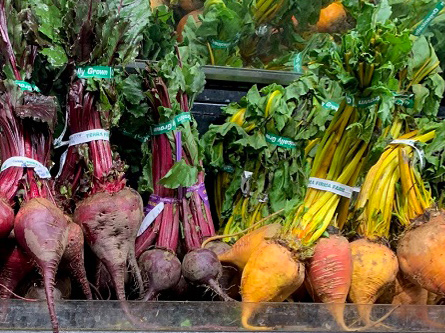
HEALTH TIPSAPRIL 05, 2019
It seems like every day we wake up to a new "superfood" that will change your life. With the abundance of information available, how do you know what's actually good for you? Here are the top 15 foods you should be eating according to our experts:

“Eat plenty of fish, which are high in healthy omega 3 fatty acids, and smaller portions of red meat to reduce your risk of diseases like stroke, heart disease and cancer." – Bob Canter, professor of surgery at UC Davis Division of Surgical Oncology
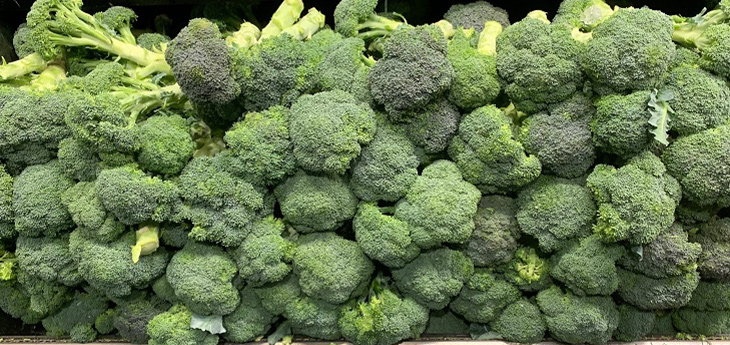
“These foods are rich in nutrients including glucosinolates, which are key in detoxification processes. These are best served raw or quick-steamed for five to ten minutes.” – Alex Nella, pediatric registered dietitian
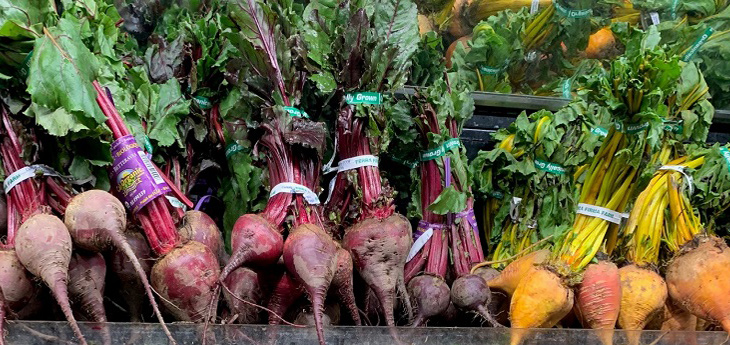
“No matter which color – red, yellow, golden – or which part – root or greens – they contain a wonderful variety of protective carotenoids. Evidence suggests their dietary nitrates can be converted to nitric oxide and improve endurance exercise." – Alex Nella, pediatric registered dietitian

“These are packed with lutein and zeaxanthin: nutrients that can help protect against macular degeneration.” – Jeffrey Caspar, professor of ophthalmology at the UC Davis Eye Center
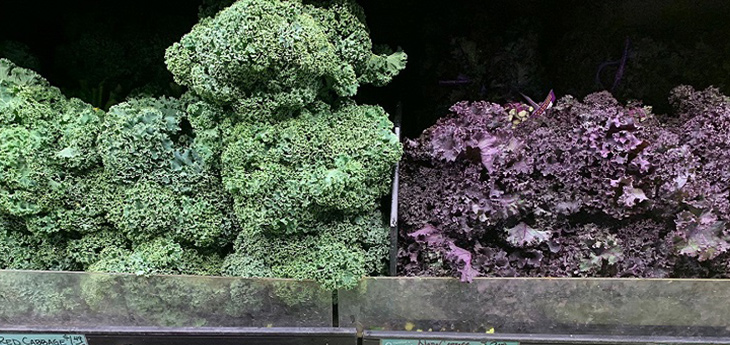
“It’s a green leafy veggie that I love chopped in salad or cooked with onion and garlic. It is nutrient dense, has lots of antioxidants and can help lower cholesterol.” – Brandee Waite, director of the UC Davis Sports Medicine fellowship

“My favorite food is peanut butter. It has protein, carbs and sugars. It’s a great recovery food and my kids love it!” – Brian Davis, clinical professor of the UC Davis Department of Physical Medicine and Rehabilitation
**UC Davis Health is not affiliated with any other brand.

“Almonds have a lot of vitamin E, which protects against macular degeneration as well as cataracts. I recommend eating just a handful a day.” – Jeffrey Caspar, professor of ophthalmology at the UC Davis Eye Center
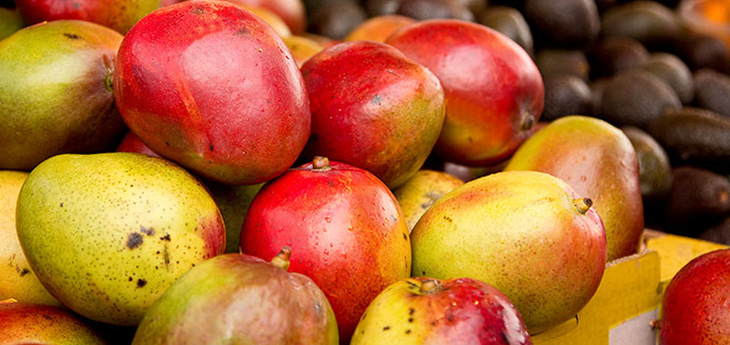
“They are low calorie, high in fiber and vitamins A and C. They also have other vitamins, minerals and antioxidants and have been linked with multiple health benefits. Plus, all my kids like them, so it is something we can all agree on.” – Bob Canter, professor of surgery at UC Davis Division of Surgical Oncology
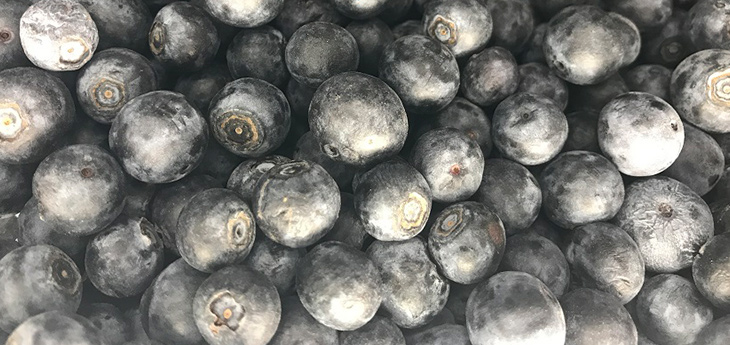
“Blueberries are excellent frozen because they will cool down your oatmeal with bonus fiber and antioxidants. They contain resveratrol, like red wine without the alcohol, hangover or extra calories.” – Alex Nella, pediatric registered dietitian

"We know that physical fitness helps your mental health, so in general, eat throughout the day and don’t miss meals or depend on snacks too much. Ideally, eat a Mediterranean-style diet with lean meat and lots of vegetables and make sure you keep your weight within a healthy range." – Peter Yellowlees, professor of general psychiatry and chief wellness officer at UC Davis Health
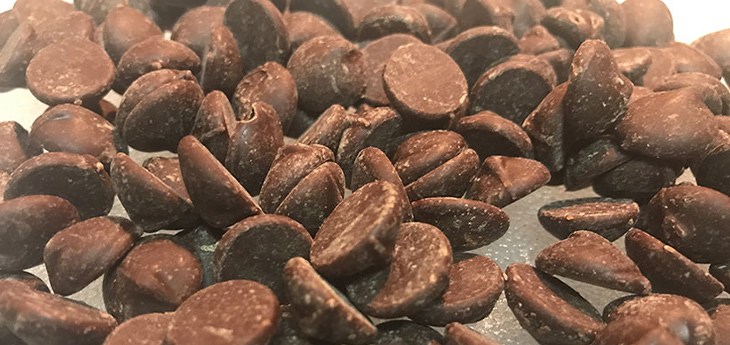
"There is nothing wrong with an occasional dietary reward, which is why chocolate is so often thought of as a ‘health food’ as long as you don’t get into the habit of comfort eating!” – Peter Yellowlees, professor of general psychiatry and chief wellness officer at UC Davis Health
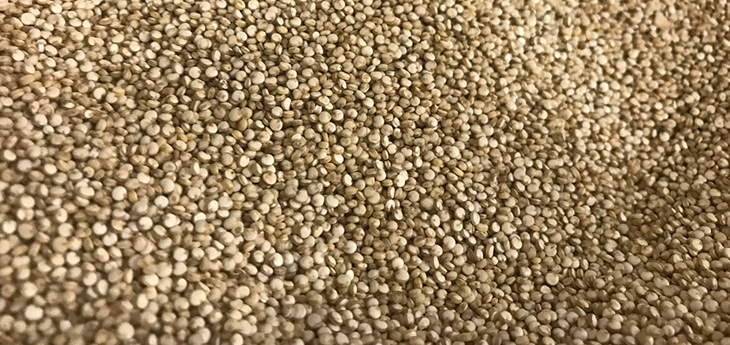
It is a tasty grain you can cook in savory or sweet dishes. It is high in fiber and protein and has a low glycemic index compared to some other carbs.” – Brandee Waite, director of the UC Davis Sports Medicine fellowship
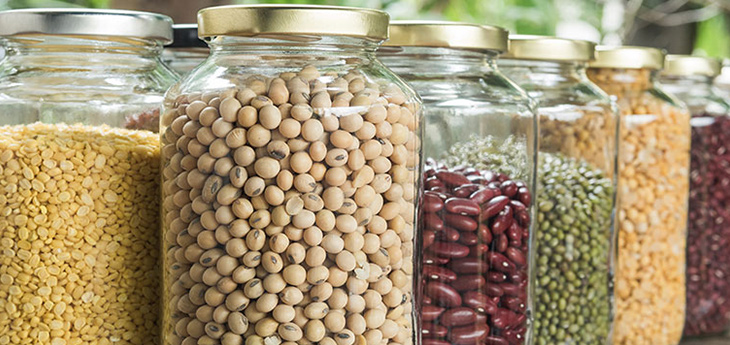
"Legumes such as chickpeas (garbanzo beans) are a great healthy snack item that can actually provide a lot of flavor depending on how you prepare them. I like making jalapeño-cilantro hummus or even roasting whatever peppers are in season and incorporating those into a hummus. Using the hummus as simply a healthy dip or to add a flavor profile to any wrap or sandwich instead of a mayonnaise-based spread can result in a healthy, savory meal." – Santana Diaz, UC Davis Health executive chef
Check out Diaz's recipe for jalapeño-cilantro hummus
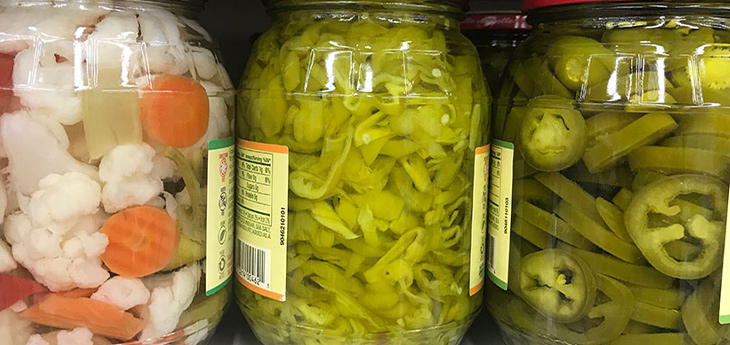
"Pickling vegetables like cucumbers is pretty traditional but stepping out of the box and pickling carrots can be different and tasty! Spicing up your snack world with some chipotle-pickled carrots is another way to provide a flavorful profile to a vegetable that can get boring from time to time.” – Santana Diaz, UC Davis Health executive chef
Check out Diaz's recipe for chipotle pickled carrots
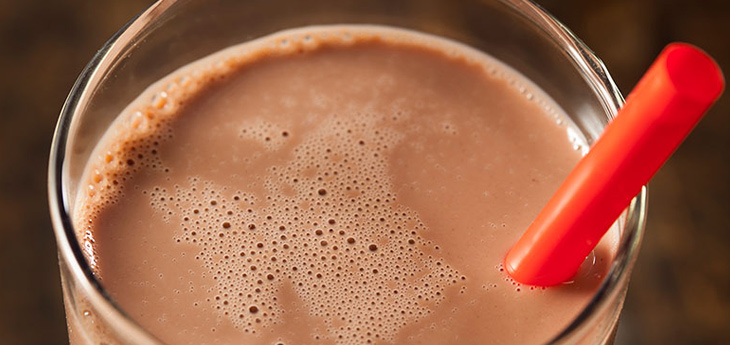
"It’s the greatest recovery drink.” – Brian Davis, clinical professor of the UC Davis Department of Physical Medicine and Rehabilitation
Use the Healthy Eating Plate as a guide for creating healthy, balanced meals—whether served at the table or packed in a lunch box. Click on each section of the interactive image below to learn more.
HEALTHY OILSWATERVEGETABLESFRUITSHEALTHY PROTEINWHOLE GRAINS
Looking for a printable copy? Download one here, and hang it on your refrigerator to serve as a daily reminder when planning and preparing your meals! Translations of the Healthy Eating Plate are also available in over 25 languages.
Make most of your meal vegetables and fruits – ½ of your plate.
Aim for color and variety, and remember that potatoes don’t count as vegetables on the Healthy Eating Plate because of their negative impact on blood sugar.
Go for whole grains – ¼ of your plate.
Whole and intact grains—whole wheat, barley, wheat berries, quinoa, oats, brown rice, and foods made with them, such as whole wheat pasta—have a milder effect on blood sugar and insulin than white bread, white rice, and other refined grains.
Protein power – ¼ of your plate.
Fish, poultry, beans, and nuts are all healthy, versatile protein sources—they can be mixed into salads, and pair well with vegetables on a plate. Limit red meat, and avoid processed meats such as bacon and sausage.
Healthy plant oils – in moderation.
Choose healthy vegetable oils like olive, canola, soy, corn, sunflower, peanut, and others, and avoid partially hydrogenated oils, which contain unhealthy trans fats. Remember that low-fat does not mean “healthy.”
Drink water, coffee, or tea.
Skip sugary drinks, limit milk and dairy products to one to two servings per day, and limit juice to a small glass per day.
Stay active.
The red figure running across the Healthy Eating Plate’s placemat is a reminder that staying active is also important in weight control.
The main message of the Healthy Eating Plate is to focus on diet quality:

Just as different foods can have differing impacts on human health, they also have differing impacts on the environment. Food production is a major contributor to greenhouse gas emissions, and it places an enormous demand upon our earth’s natural resources.
